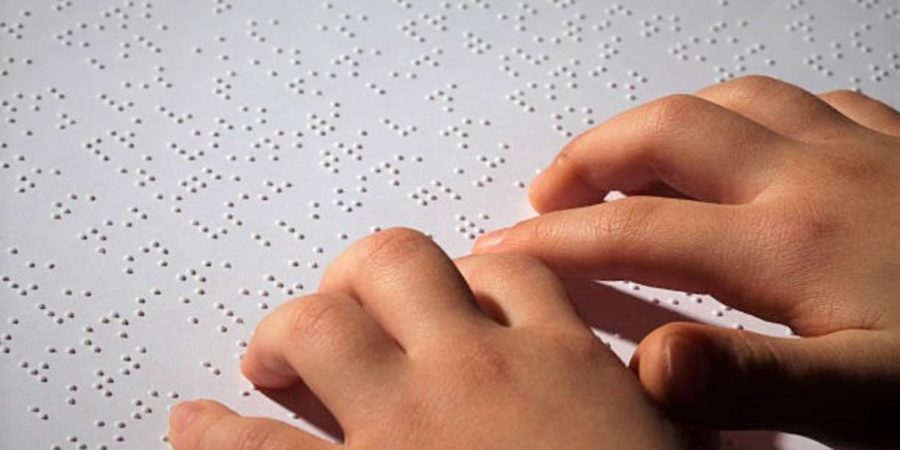The 4th of January is universally celebrated as World Braille Day in commemoration of the birth of Luis Braille who, with the invention of the Braille language, made it possible for the blind and visually impaired to read and write. Luis Braille lost his sight as a result of an accident he had while playing in his father’s shop in Coupvray, France. At the age of ten, he was sent to the Royal Institution of Blind Youth. It was there that he became aware of a system that Captain Charles Barbier, a French army officer, had devised, called “night writing”. The system was originally invented by the officer to facilitate night time battlefield communications using a tactile system of raised dots and dashes. Luis Braille used this system to develop a more easy-to-use code at the age of 15 by implementing a six-dot cell system tangible by the tip of a finger to represent the alphabet. Although his system was really useful, it wasn’t widely adopted until 2 years after Luis Braille’s death in 1854.
The importance of the invention of the Braille language is utterly significant as it has endowed visually impaired people with the gift of literacy, thus increasing their opportunities in life.
Activities
- Listen to this Radio 4 programme and answer the following questions:
- Why has David Plunkett chosen Luis Braille to talk about? What makes him mote worthy despite the fact that his life can be described as unexciting?
- What is RNIB?
- What have the speakers used Braille for?
- What does the speaker mean when he says: “A great life is someone, within the circumstances they find themselves, making more than the most of it”?
- What couldn’t Luis Braille imagine during his lifetime?
- Use this Basic Braille guide to write your name in Braille language.
- Write a story about a blind person being introduced to Braille for the first time.
- Find information about sign language and prepare a four-minute speech on how it was created and how it has affected people.
Note for teachers: The writing activities can of course be done on paper or posted on a linoit canvas, Edmondo or any other platform being used by the teacher.
Sources:

Hi, this is a comment.
To get started with moderating, editing, and deleting comments, please visit the Comments screen in the dashboard.
Commenter avatars come from Gravatar.